Jungnimwon Garden (죽림원가든)
12.2Km 2024-02-19
358 Gasan-gil, Wolsan-myeon, Damyang-gun, Jeollanam-do
061-383-1292
Jungnimwon Garden offers traditional Korean flavors in a unique setting. Their signature dish is the Daetongyongjjim (Bamboo-steamed set menu), where various ingredients are steamed together in a long bamboo tube. This dish includes a variety of items such as Korean beef bulgogi, spicy braised chicken, prawn, grilled pork galbi, octopus, abalone, ray, yellow croaker, eggs, and rice served in the bamboo tube. Additionally, their daetongbap jeongsik (steamed rice in bamboo set menu) and hanu tteokgalbi (grilled Korean beef galbi patties) are also highly recommended.
Naejangsan Cultural Tourism Musical Fountain (내장산 문화관광 음악분수)
12.5Km 2024-04-07
37 Naejanghoban-ro, Jeongeup-si, Jeonbuk-do
The Naejangsan Cultural Tourism Musical Fountain, set within Naejangsan Water Park, boasts an impressive array of over 110 songs, ranging from children's tunes and pop hits to movie soundtracks. Accompanied by 14 unique fountain shows featuring various types, the display is indeed a sight to behold. Spanning 56 meters in length and 21 meters in x_width, the fountain includes 463 nozzles and 276 underwater lights, all designed to captivate and amaze onlookers. The musical fountain offers three performances daily, each catering to different music tastes and themes. The 19:00 show highlights classic pop songs, the 20:00 show is perfect for young children with a repertoire of children’s music, and the 21:00 show soothes the evening with ballads and idol music. Whether one is with their significant other or enjoying family time, the musical fountain’s performances—akin to a magical dance of water and light—are sure to provide an enchanting experience.
Chuwolsan Mountain (추월산)
12.6Km 2025-01-13
981, Chuwolsan-ro, Damyang-gun, Jeollanam-do
+82-61-380-3492
Located 13 kilometers away from Damyang-eup, Chuwolsan Mountain (731 m) was designated Jeollanam-do Provincial Monument No. 4 and is one of the five famous mountains of Jeollanam-do. It marks the boundary between Jeollanam-do, South Jeolla Province (Wolgye-ri, Yong-myeon, the most northern town in Damyang-gun) and Jeollabuk-do, North Jeolla Province (Bokheung-myeon, Sunchang-gun). The mountain has a dense forest, rock formations and stones, and rock walls that look like manmade fortifications with a narrow path to the west which can accommodate only one person at a time.
Shaped like a Buddhist monk lying down when it is seen from Damyang-eup's side, it is popular for its various naturally grown medicinal herbs as well as rare kinds of Chuwolsan orchids. The base of the mountain has gentle slopes and densely packed old pine trees, making it the best destination for families in summer. The hiking trail is hard to climb despite the fact that the peak is not very high. However, it is visited by mountain climbers all year long.
Before reaching Sangbong Peak, there is a hermitage and a mineral spring that never dries up. The peak also boasts an impressive view of the surrounding area, including Damyangho Lake. Chuwolsan Mountain was a battle site during the Imjin War along with the nearby Geumseongsanseong Fortress. The last battle of Donghak Peasant Revolution also took place at Chuwolsan Mountain.
Gochang-eup Sunghanok Village (고창읍성한옥마을)
13.0Km 2024-08-05
128 , Dongni-ro, Gochang-gun, Jeonbuk-do
+82-63-563-9977
Gochangeupseong Hanok Village is a group of houses once attached to the government office inside the ancient Gochangeupseong Fortress, Gochang-gun, Jeollabuk-do. It consists of seven tile-roofed houses containing 11 comfortable guest rooms with wooden floors, equipped with toilet and AC. There is a yard, and visitors can walk a trail to Gochangeupseong Fortress and ponder the impressive 500 year-old walls. There is a pottery and an embroidery experience center, and Yangpyeong Military Art Museum, Gochang Pansori Museum, and Seonun Golf Course are all nearby. Visitors can use the village’s large parking lot.
Gochangeupseong Walled Town (고창읍성)
13.2Km 2025-01-07
1, Moyangseong-ro, Gochang-gun, Jeonbuk-do
+82-63-560-8067
Gochangeupseong Walled Town was built in 1453 during th reign of Joseon King Danjong to protect the city from foreign invaders. The walls were built by the local civilians, using natural resources as they were available. Also called Moyangseong Fortress, the walled town served a vital role in protecting the southern region, and was designated Historic Site No. 145 on April 1, 1965. The walls are 4~6 meters high and 1,684 meters long, with three gates on the north, east, and west walls, each protected by curved walls. Inside the large area there were 22 government buildings. Restoration work on the wall has been ongoing since 1976.
Sin Jae-hyo's House (고창 신재효 고택)
13.3Km 2024-04-07
100, Dongni-ro, Gochang-gun, Jeonbuk-do
+82-63-560-2943
Sin Jae-hyo (1812-1884) was a legendary theorist, director, and sponsor of pansori (epic chant). Sin Jae-hyo's House in Gochang was built in 1850, and visitors can observe sarangchae (main room), an old well, and a paulownia tree preserved to this day. Sin was not a singer himself but a pansori enthusiast, and he used wealth to train potential singers and contribute to the growth of pansori. He also compiled and edited six pansori madangs (operas) titled Ttoggi Taryeong, Bak Taryeong, Simcheongga, Jeokbyeokga, Chunhyangga, and Garujigi Taryeong, of which only five are passed down. To honor his contributions and passion for pansori, Dongni Gugakdang was founded behind this house.
Gochang Pansori Museum (고창판소리박물관)
13.3Km 2024-04-06
100, Dongni-ro, Gochang-gun, Jeonbuk-do
+82-63-560-8061
The Gochang Pansori Museum was established in the old residence of ‘Dongni’ Sin Jae-Hyo (a musical theorist and arranger and a sponsor of Pansori) with the aim of honoring the great Pansori singers of the past (including Sin Jae-Hyo) and preserving and developing the indigenous tradition of Pansori. Of the original rooms of the residence only Sarangchae (an annex where men used to study or welcome guests) has been renovated and is open to the public. Right next to Sarangchae is the Dongni Gugakdang (Korean Traditional Music Hall).
Over 1,000 pieces related to Pansori and great local singers are on display at the museum, included personal possessions once owned by Sin Jae-Hyo (penname ‘Dongni’). For those interested in learning more about the traditional art of Pansori music or experiencing high-quality Pansori, the Gochang Pansori Museum is a must-visit travel destination.
Bujji (부찌)
13.9Km 2024-04-07
15, Seongsan 2-gil, Gochang-gun, Jeonbuk-do
+82-63-563-3626
This is a place where you can taste duck meat and the representative dish budaejjigae (spicy sausage stew). This Korean dishes restaurant is located in Gochang-gun, Jeollabuk-do. The most famous menu is sausage stew.
Damyangho Lake (담양호)
14.9Km 2025-01-10
Geumseongsanseong-gil, Damyang-gun, Jeollanam-do
+82-61-380-3150
Damyangho Lake is a man-made lake, created in 1976 with the construction of a dam on Yeongsangang River. The lake is set at the base of the picturesque Chuwolsan and Geumseongsan Mountains, and its crystal clear water is the habitat of many different freshwater fish species including pond smelt, catfish, snakehead, carp and leather carp. With Damyangho Lake at the center, the area is surrounded by Chuwolsan Tourism Area, Gamagol Youth Camping Grounds and Geumseong Mountain Fortress. The mountain’s lakeside road, which passes through a tunnel at the mid-section of the mountain, is a popular scenic driving road.
Stay Hwangryong[Korea Quality] / 스테이황룡 [한국관광 품질인증]
15.1Km 2024-10-30
5-3, Haengbok 1-gil, Hwangnyong-myeon, Jangseong-gun, Jeollanam-do
+82-10-7142-5646
Stay Hwangryong is a tranquil hanok accommodation where the Hwangryonggang River flows in front. The hanok surrounded by a low stone wall is divided into two sections: Sarangchae and Anchae. The broad yard with flowering trees add more beauty to the landscape. The guest rooms of Stay Hwangryong include Hwangryong, good for six guests, Sarangchae 1 and 2 that are both good for two travelers, and a Maru that is the equivalent of a living room. The modern hanok retains the traditional beauty, while having added the convenience of modern facilities. Bright lightings on the ceiling and glass windows dressed in white curtains that replaced hanji give a more trendy look. Individual heating system per room, WiFi, and air conditioning are provided. The kitchen is equipped with a rice cooker, induction cooktop, and other kitchenware for those who wish to cook during the stay. Each room has a barbecue grill for guests to enjoy. The yard with plentiful sunlight is good for small gatherings, such as family gatherings and birthday parties.

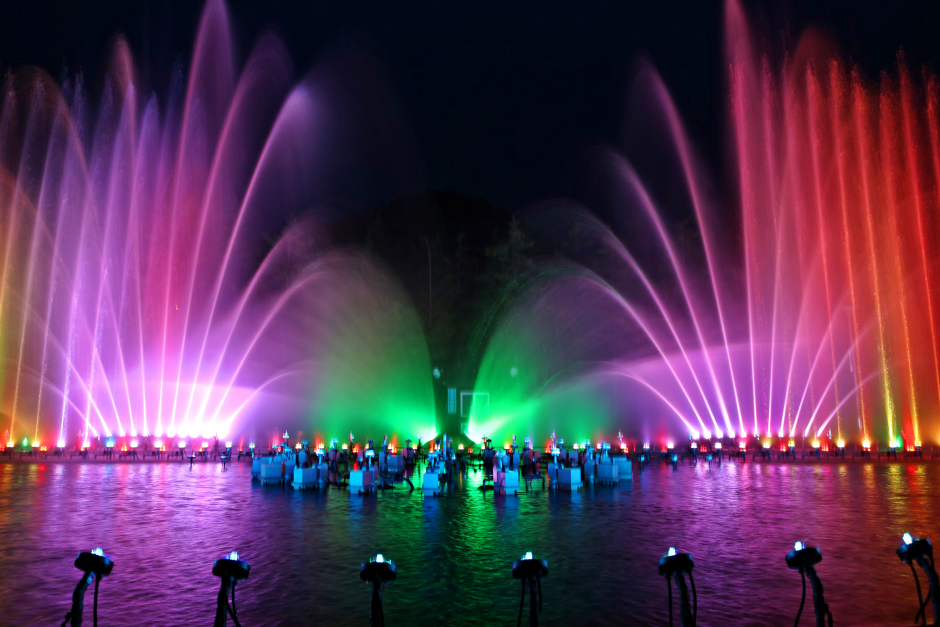
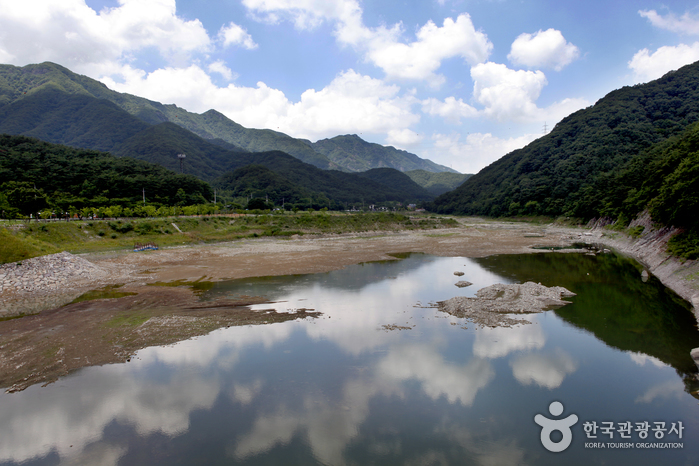
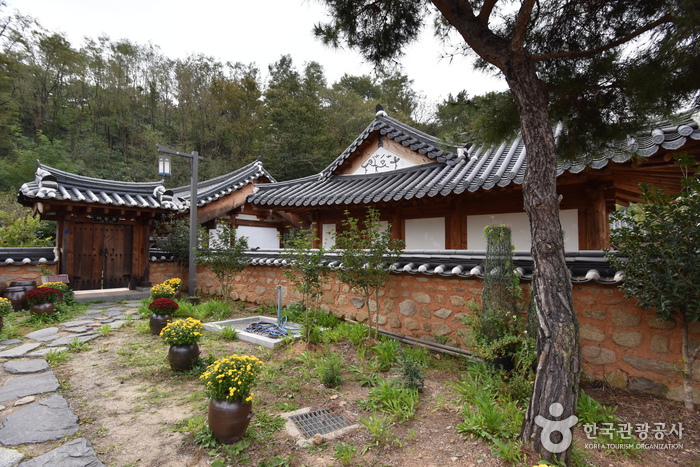
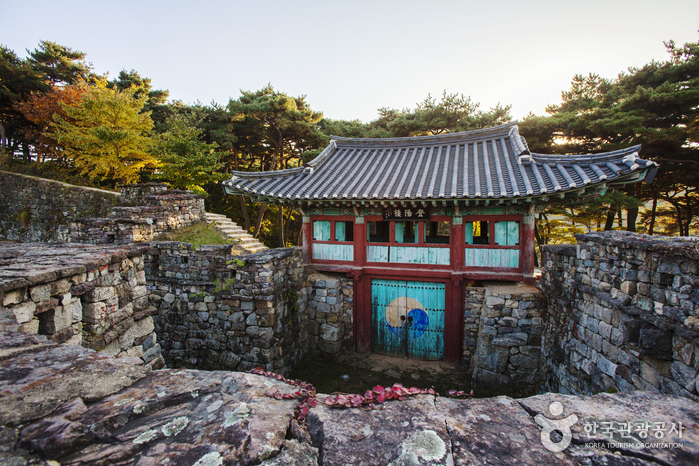
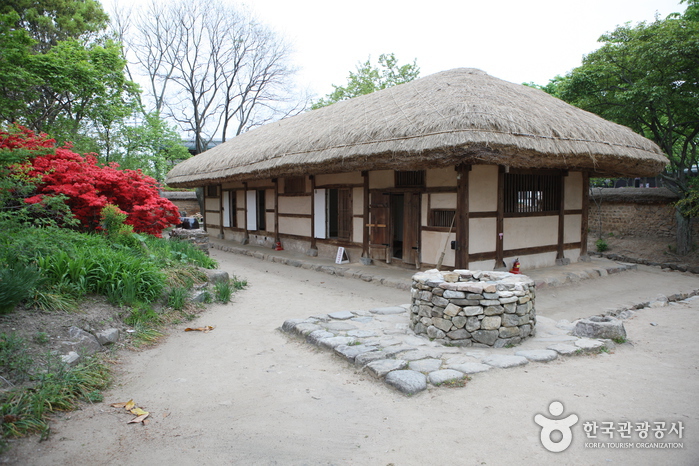
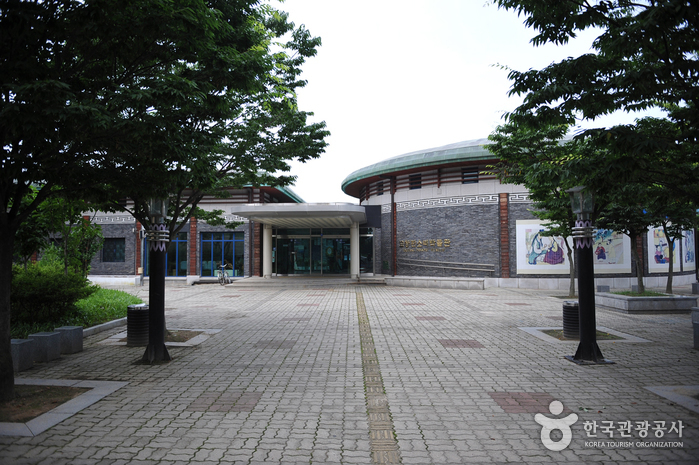
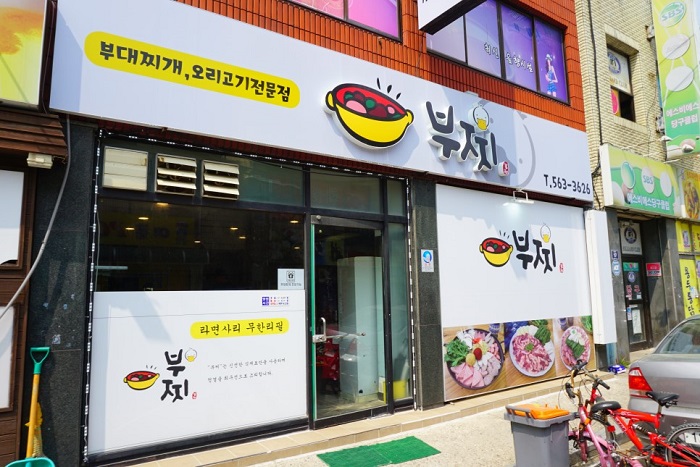
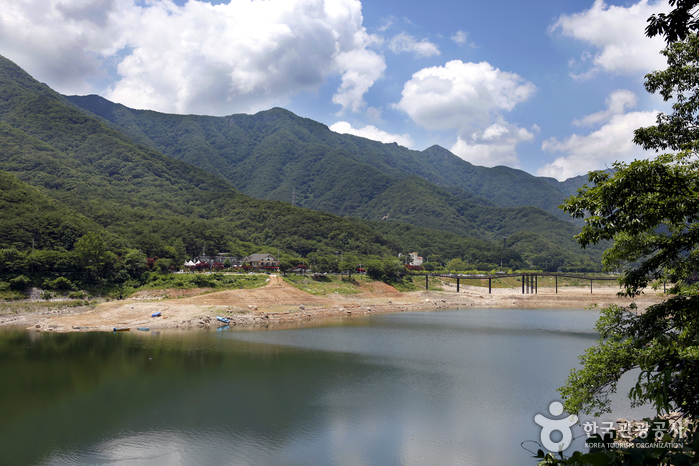
![Stay Hwangryong[Korea Quality] / 스테이황룡 [한국관광 품질인증]](http://tong.visitkorea.or.kr/cms/resource/48/2810848_image2_1.jpg)
 English
English
 한국어
한국어 日本語
日本語 中文(简体)
中文(简体) Deutsch
Deutsch Français
Français Español
Español Русский
Русский